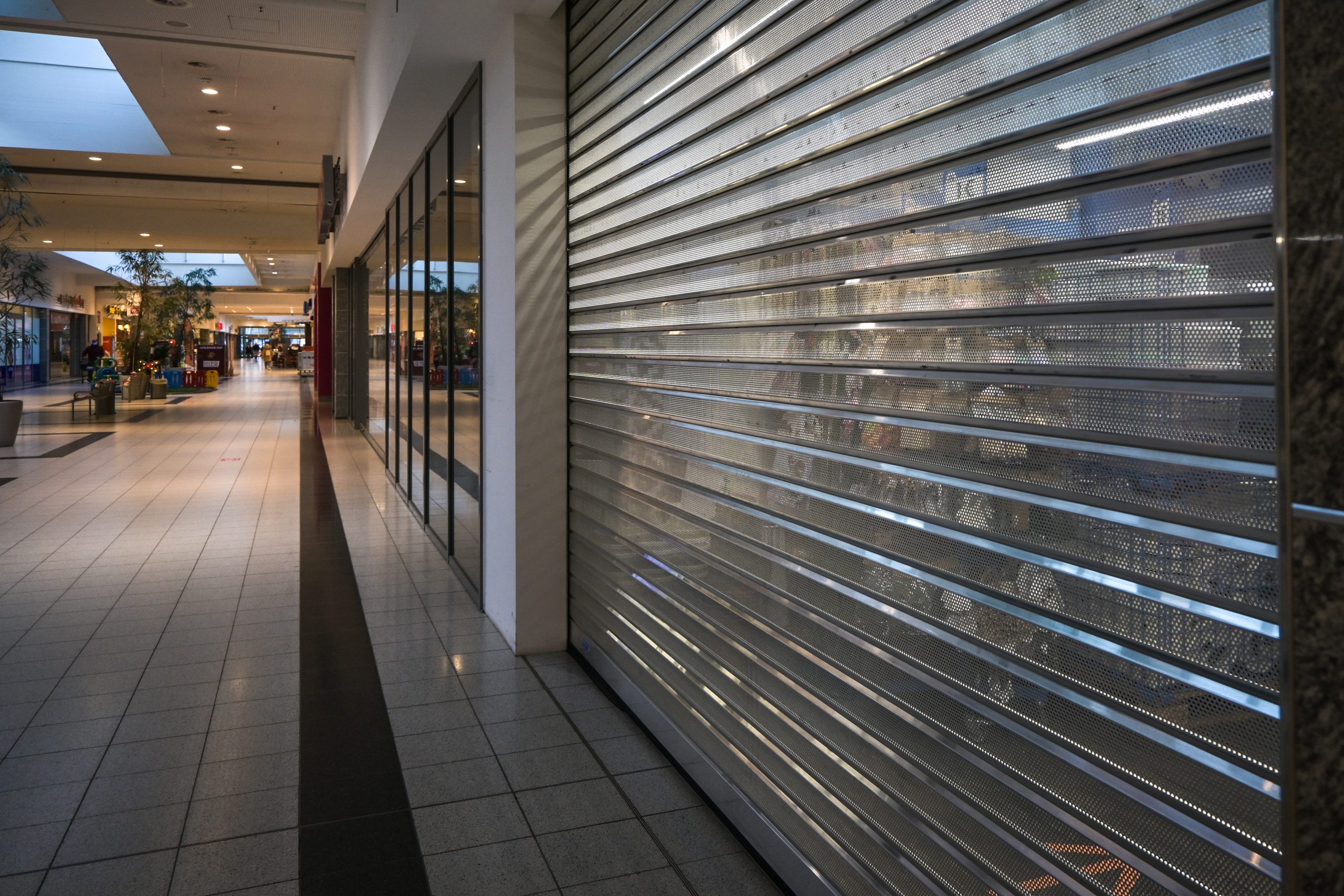Household Bills
One in seven shops sitting empty post-pandemic

Retail vacancy rates are now the highest they have been since at least 2015 as the pandemic shuts down struggling retailers for good.
Data from the Local Data Company and the British Retail Consortium has revealed the dire state of the high street.
Research by the two organisations found UK high streets, retail parks and shopping centres now have one in seven units empty, with shopping malls struggling to find tenants.
Clothes stores have been hit particularly hard as fashionistas shift to online shopping, with brands such as the Arcadia Group and Debenhams going into administration. Both companies have sold off clothing brands which are now only sold online.
According to the Local Data Company, the north-east of England had the highest proportion of empty shops, at just over a fifth, and has seen the biggest increase from last summer.
Greater London fared best, despite a reduction in tourist numbers and commuters staying at home, with vacancy rates just over half the rate seen in the north-east.
Helen Dickinson, chief executive of the British Retail Consortium, said: “It comes as no surprise that the number of shuttered stores in the UK continues to rise, after retailers have been in and out of lockdown for over a year.
“Almost one in five shopping centre units now lie empty, and more than one in eight units have been empty for more than a year. Retail parks have also been impacted from the loss of anchor stores and their vacancy rate is rising quickly.
Lucy Stainton, director of Local Data Company, said: “Vacancy across GB high streets, retail parks and shopping centres continued to rise in Q2 2021, however the increase was half that of the same period in 2020, alluding to the fact that, like the pandemic, there is hope that we are over the worst.
“After an initial flurry of CVAs, closures due to consumer behaviour shifts and cost-cutting exercises, retailers are now starting to dust themselves off with cautious optimism, keeping a close eye on the rapidly changing infection rate and the pace at which vaccinations are taking place; two measures that could seriously de-rail recovery efforts should they not go in the right direction.”